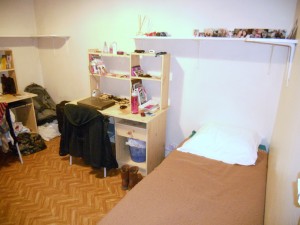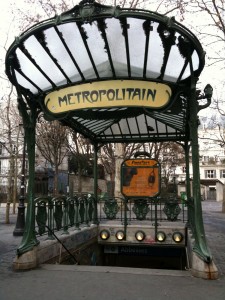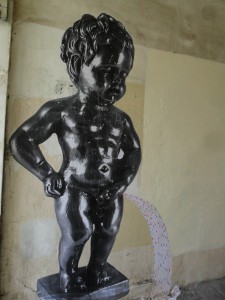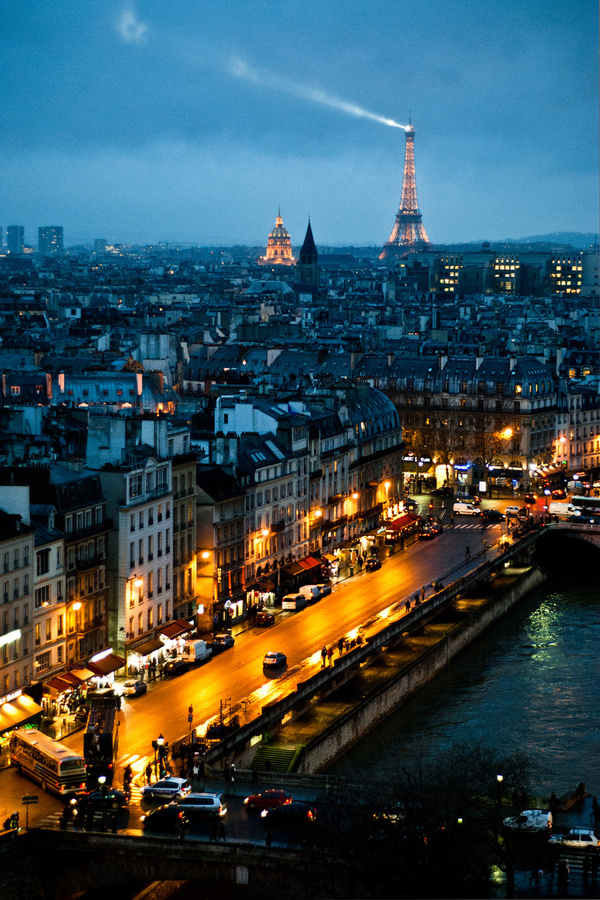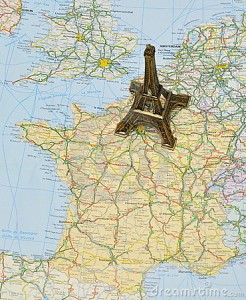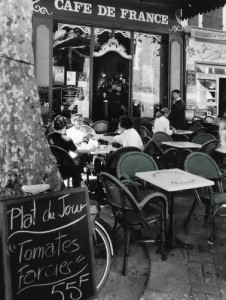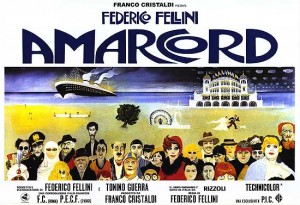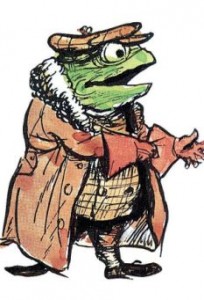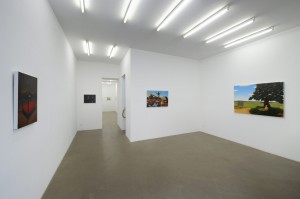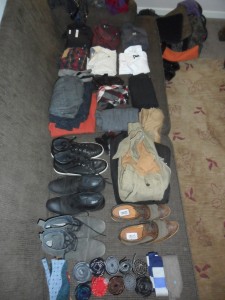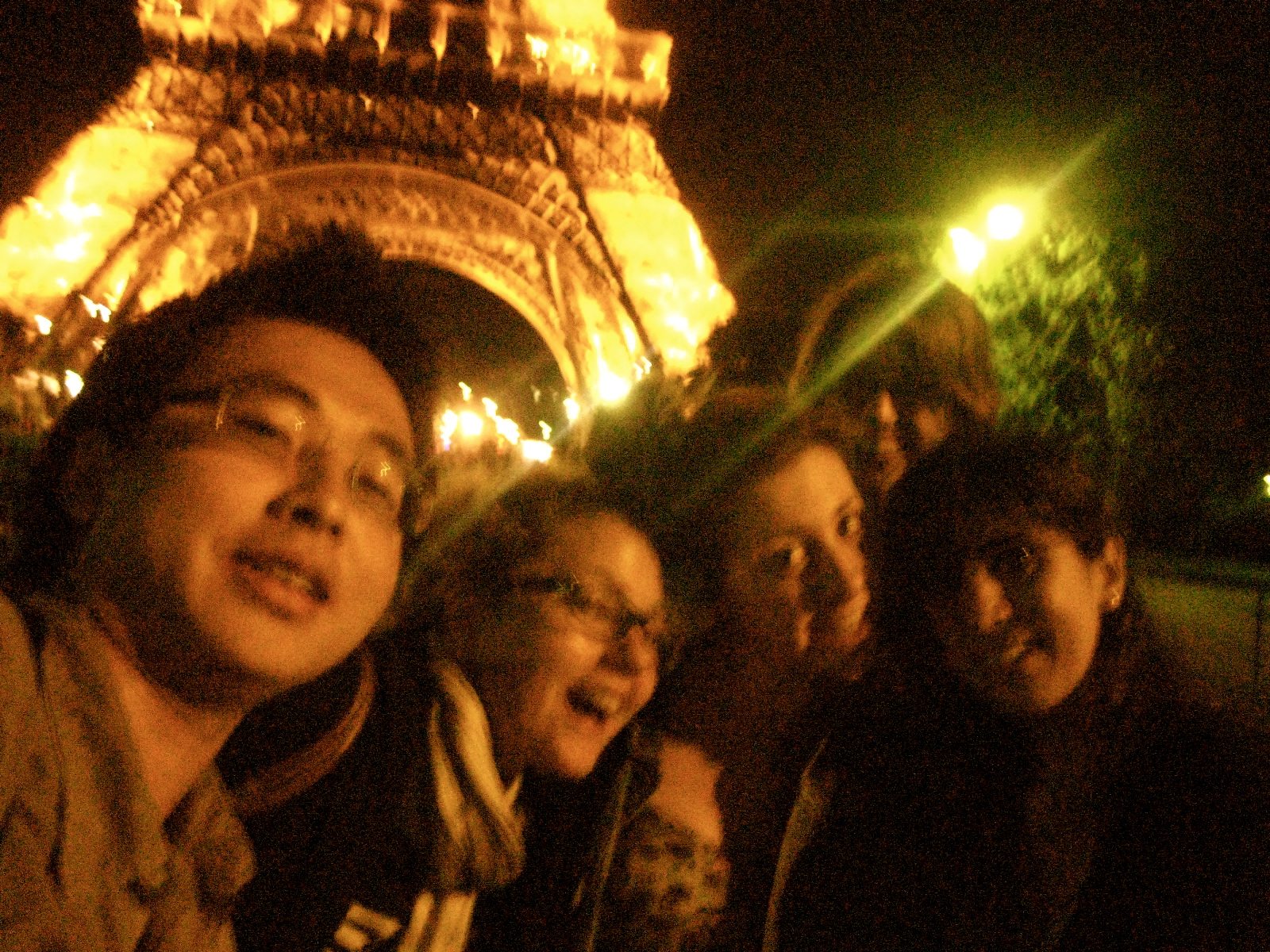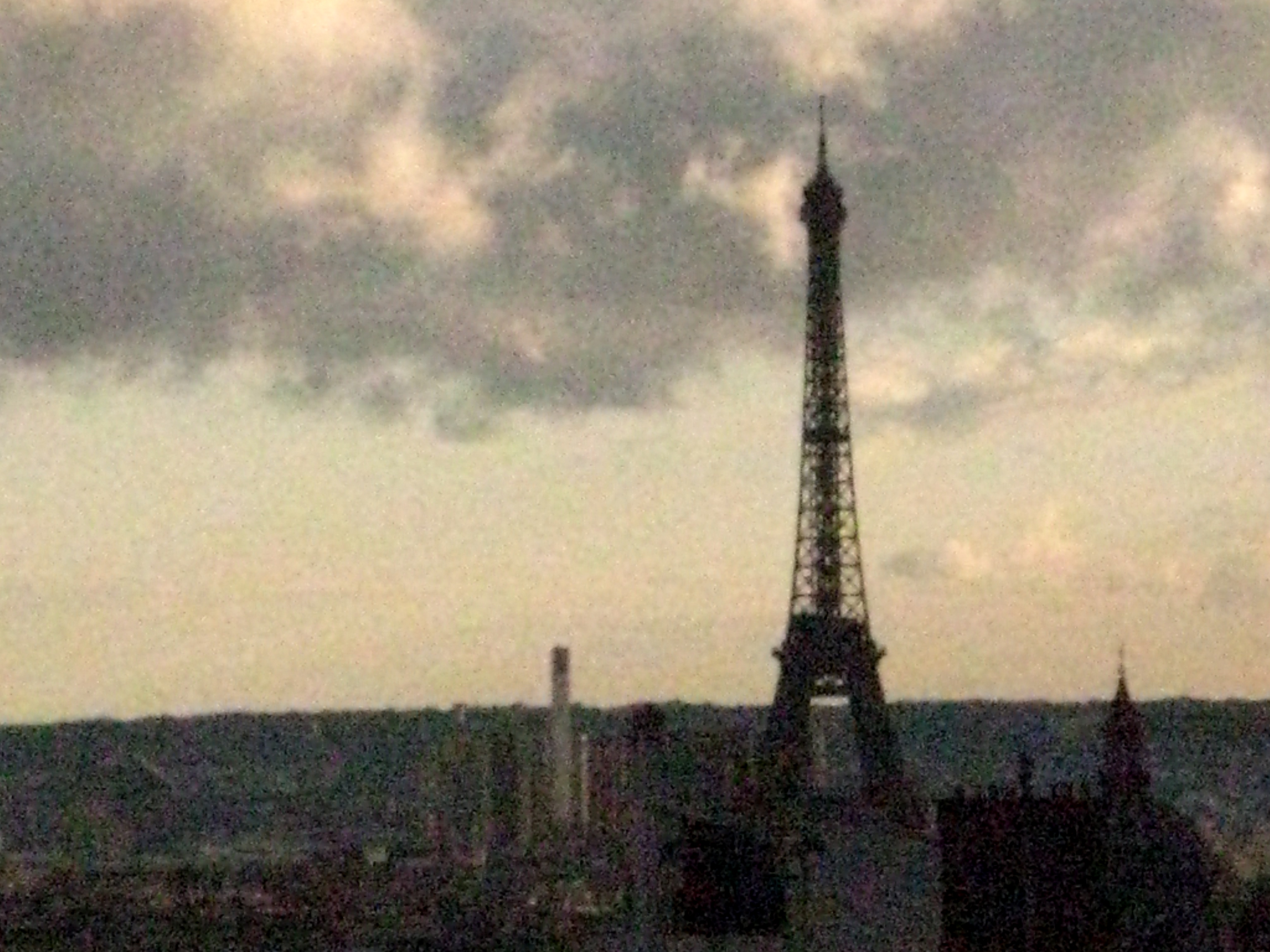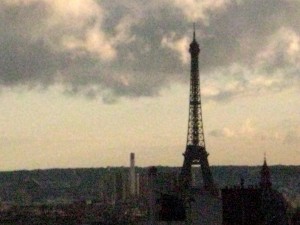Paris is a city of culture, undoubtedly, but how does one judge that culture? There is the food, of course, the people, their mannerisms, the language, the buildings, and then, there are the museums. Museums, as I perceive, those institutions that center their interest on a topic (be it medieval tapestries, art deco furniture, or contemporary installations) and attempt to find some connection/significance between the objects/information displayed, and the visitor. And so I am fascinated by the manner in which museums attempt to create this connection, instill significance, or simply make their visitors marvel. There are two trends I especially noted, the first being the general lack of analysis and interpretation of art or artifacts- this is something I certainly appreciate. The other is that museums either display their artifacts in a completely black atmosphere (in vitrines lit from within), or showcase their works in completely white, well-lit galleries. What a contrast. So here I will describe many of the museums I have visited thus far, and my impressions.
Cinémathèque Française: Modern, an intriguing building from the exterior. Magical, the permanent exhibition, like walking through a dream. The vitrines are lit from the interior, there are clips of audio and snippets of film projected or playing on all corners of the black space. The collections are organized not by time period, but by theme, be it Russo-Germanic avant-garde or early collectors of moving photographs. Fascinating, and I need to return for their cinema, which has a regular schedule of cinematic gems.
Musée d’Orsay: Fantastic collection of Impressionist works, organized by theme or artist as much as time period, but the density of grand works makes no single one better than another. This is how Impressionism should be displayed. It’s interesting too, that the converted train station (a symbol of industry, smoke, movement) has become a peaceful white, and quite elegant space for exhibition.
Centre Pompidou: So cool, I would spend days here. All white walls, it shows the progression of movements from modern to contemporary, which is quite helpful from an art history perspective. My favorite room is the studio-apartment of André Breton, father of Surrealism, artist, and collector. The single wall recreating his studio is replete with African and Oceanic masks, works of fellow artists, sculptures, exquisite rocks, stuffed animals, shrunken heads, ornate furniture- a vast colloquium from which to derive inspiration.

Mur d'Atelier d'André Breton (not my picture)
Musée de Quai Branly: Ethnographic drama, sculptures and masks floating, glowing in a completely black museum. I loved it, and it felt modern, not stale like certain ethnographic rooms at the Field Museum. Also, there is little to no interpretation regarding the artifacts, leaving you often to imagine their function (though there are a number of videos and images that show use for more modern masks or artifacts). I have never quite seen ethnographic objects displayed as such, and I’m quite pleased with the way they make such important artifacts interesting and important in their own right. The exterior of the museum is intriguing, composed of a forested campus (more like a jungle with small walkways) that you must traverse to get from one part of the museum to another. The part of the building directly facing the Seine is actually composed of vegetation, growing straight off the multi-story wall. At night, glowing light rods spread throughout the grounds illuminate the dark vegetation, accompanied by well-hidden speakers that play (slightly unnerving, but really cool) jungle noises. I loved this museum.

Mummy's skull, gold leaf

Sculpture, skeleton motif
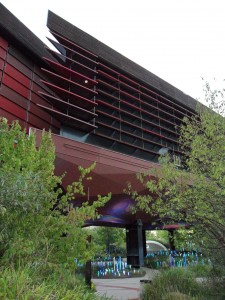
Musée de Quai Branly, exterior
Musée d’art Moderne de la Ville de Paris: This museum pales in comparison to the Centre Pompidou, its open spaces home to but a few contemporary installations and works. It almost feels like the space is filled with the leftovers of Palais Tokyo and Centre Pompidou. Not really worth my time. Certain exhibitions, though, were very interactive, including such aspects as adding your height to an installation (solely composed of the names and heights of visitors), or being able to press buttons and see and hear live feeds from major subway systems around the world.

Height "installation"
Musée du Chocolat: This museum is new, and has a bof (expression of indifference) exhibition showing how cacao is grown and harvested and made into chocolate. The cool part of this museum is the interactive aspect, where one first watches the chocolatier make pralines using a machine (it takes as much expertise on his part as on the part of the machine) as it would be made in a factory. Then we participated in a workshop, where a traditionally trained chocolatier assisted us in making our own pralines, a very smooth and detailed process, which we found out in attempting to replicate the chocolatier’s actions. Despite our untrained efforts, we walked away with a bag of pralines made by our very own hands!

Making Pralines

